What to Bring on a Grand Canyon Whitewater Rafting Trip
Bringing the right gear is arguably the most important part of preparing for any multi-day river trip—and even more so if it’s multi-week. You can save yourself a lot of grief and wasted space by fine-tuning what you really need to bring along and what you're better off leaving at home. I learned this (occasionally the hard way) last fall during 21 days of rafting the Colorado River through the Grand Canyon with seven friends.
The rafting trip was, of course, incredible beyond words. It was also a lesson in thresholds and preparation. Spending three weeks self-supported in any backcountry automatically comes with a level of discomfort, but The Big Ditch is uniquely hard on both gear and your body.
For three weeks, we were sand-logged from start to finish. The sand along this stretch of the Colorado River is so fine and invasive that it's actually more than just an annoyance. It clogs the zippers and seals of every piece of gear. It worms its way into the fibers of every fabric and micro-rubs your skin non-stop. Then there's the weather. The floor of the Grand Canyon is dry, arid, and either scorching hot or bone-chillingly cold depending on the time of year.
Related: 5 Awesome Unconventional River Rafting Trips
So, while having the right layers, the right sleep setup, and the right dry gear is crucial for any rafting trip, your river kit needs to be seriously dialed in to do the Grand.
What I Wish I Didn't Bring Rafting the Grand Canyon
When it comes to gear, the beauty of rafting is that you don’t have to haul your belongings on your back—just row them downriver. That means you can pack more than the bare minimum, while still running the risk of overpacking and/or leaving essentials behind. If you don’t bring the right items to stay dry, cool, and comfortable, those inescapable frustrations—day-in and day-out with 150 more river miles ahead of you—will start to sour those breathtaking views.
Before we get into the do's and don'ts, let's just start off by naming my worst decision: grabbing hiking poles and adding them to my pile of gear. Half a river trip involves trekking and Grand Canyon hiking is notorious for steep climbs with loose rocks—which is why I thought hiking poles would be helpful. But the hikes from the river’s bottom aren’t as developed as those from the top, which meant there was a lot of scrambling over huge boulders.
I brought my hiking poles on the first few hikes only to realize they were more helpful stashed away. Not only did I not need them for hiking after all, but they were a pain to pack on the boat, given they’re too pointy to be stuffed into a dry bag and too long for most dry boxes. So you can nix those from your load-out list right away.
Assuming you already have a list of the usual must-haves for a river trip, like water shoes, sun shirts, and maybe a dry suit depending on what time of year you’re going, here are the best pieces of gear I was very grateful to have—and a couple of rethinks.
What to Pack on a Grand Canyon Rafting Trip
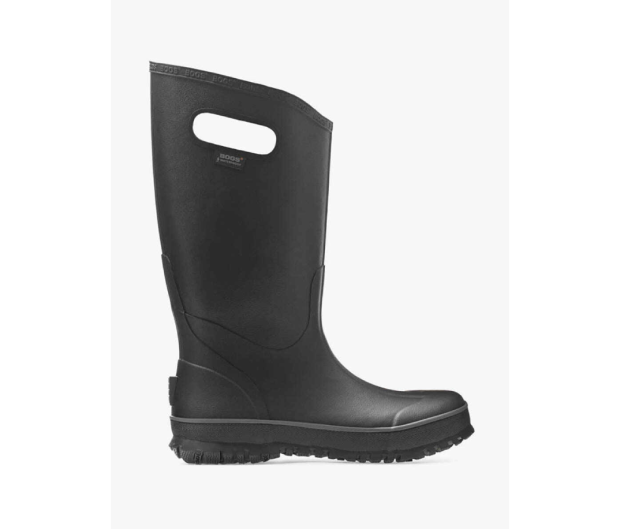
Courtesy Image
Waterproof, knee-high boots might be the single best item I brought on the trip. Chacos or Tevas are great on the raft during the day, but the more your skin is exposed to the elements, the drier it gets, which becomes painful past a certain point. What’s more, constant abrasion from all that sand once at camp can create small cuts that can lead to bacterial infections like tolio, which runs rampant on the Grand and other multi-week river trips. In short: You need to protect your feet when you can.
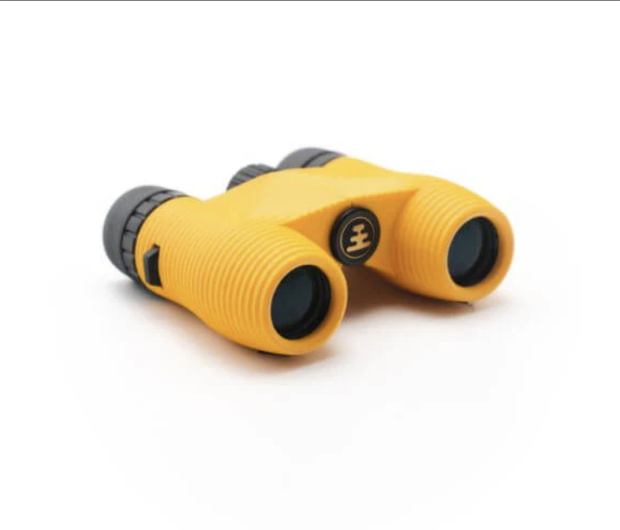
Courtesy Image
From bighorn sheep to great blue herons, wildlife is one of the coolest parts about being down in the canyon. I was surprised to find I was the only person in the group who'd brought binoculars. Soon enough, a favorite pastime as we slowly cruised flatwater or relaxed at camp was zooming in on canyon walls to spot what was quietly hiding in the surrounding cliffs—from abundant canyon wildlife to the odd lone hiker.
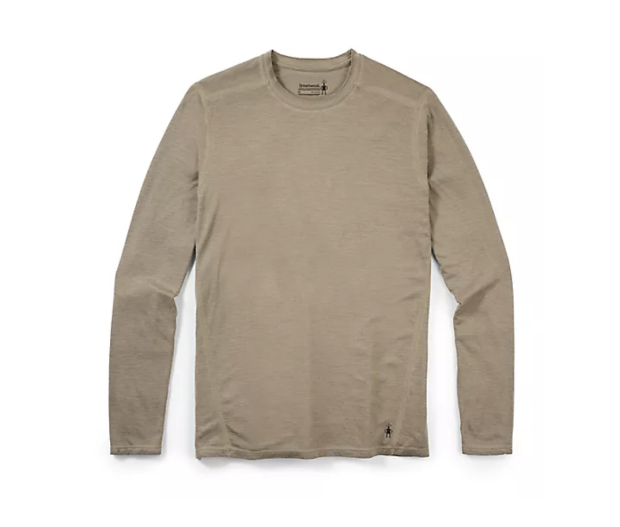
Courtesy Image
Merino is ideal for temperature regulating, as it can hold heat and still be breathable. These properties could not be better-suited to shoulder-season river trips where temperature, sun, and wind conditions are constantly fluctuating as you move through the canyon.
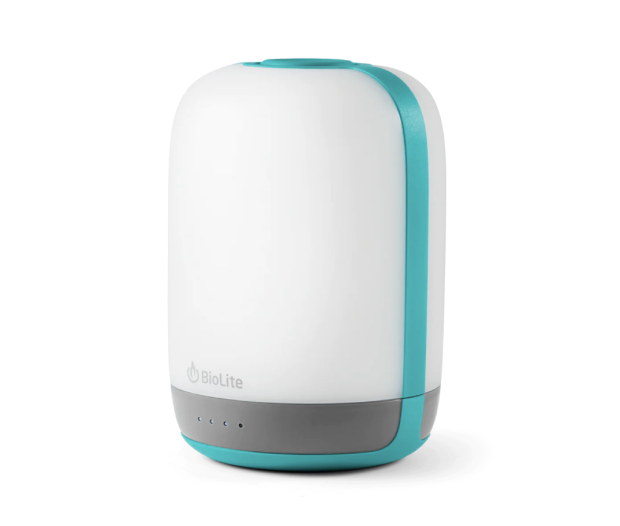
Courtesy Image
Personal headlamps are crucial, but outdoor lanterns that you can place on a table are such a nice, small luxury to illuminate things while cooking, on dish duty, or just hanging out playing cards. Some people brought solar-rechargeable lanterns, but they didn’t hold their charges long and if we forgot to pull them out to charge on the boats during the day, they weren’t helpful.

Courtesy Image
Rafting is all about luxury while roughing it. Who wants to sleep with their head on a blow-up camping pillow for 21 days straight? A lot of people bring full-size bed pillows, but they take up a lot of room in your dry bags—and sand gets permanently embedded in them.
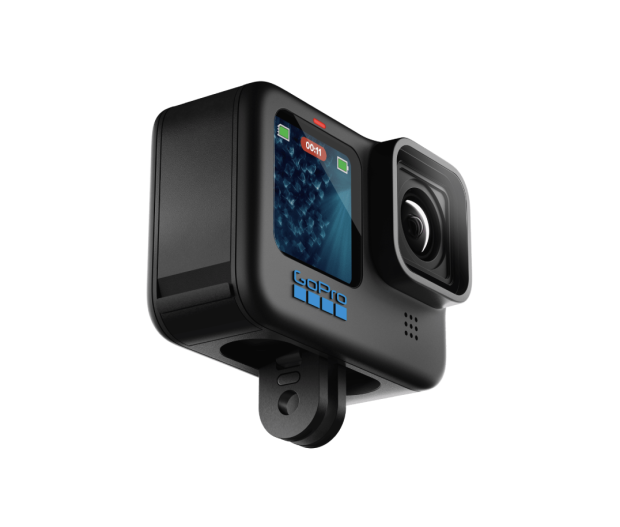
Courtesy Image
One of the best parts of being on the river for weeks at a time is being able to completely disconnect—but you’re still going to want the content. Bringing a GoPro camera meant I could keep my phone off and away but still capture memories. And because it’s waterproof, super durable, and was attached to a floating mount, I also got rad footage of us sending Lava, hitting holes in Sockdolager, and nearly swimming in Crystal.
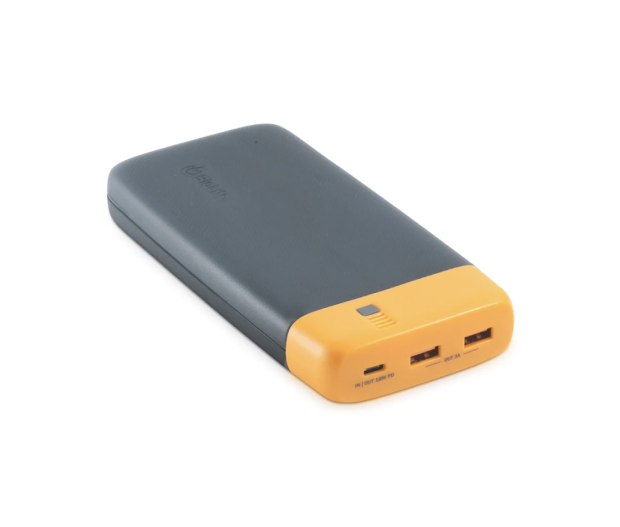
Courtesy Image
In this day and age, it’s nearly impossible to go three weeks and not use some kind of electronic that’ll eventually need to be recharged. We kept everything pretty low-tech, but BioLite Charge 80 PD Power Bank was the perfect size to charge up the GoPro every other day (or a smartphone five times, a tablet twice, or a laptop once).
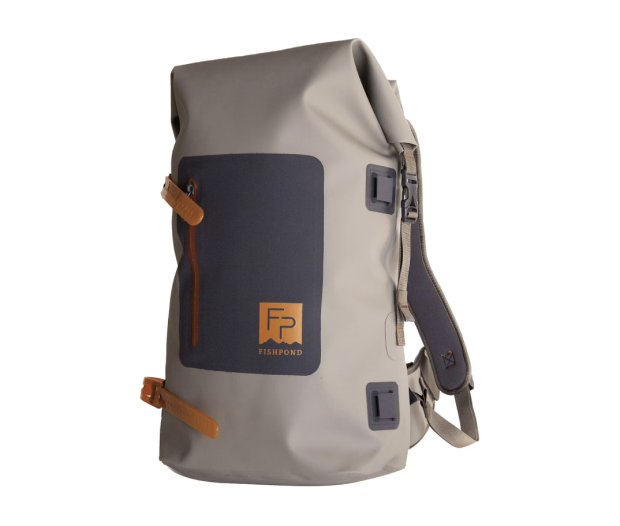
Courtesy Image
There are two types of dry bags: zippered and roll-top. While both are just as reliable for most rivers, the sand down in the Grand Canyon truly infiltrates everything. When fine sand gets into zippers, it’s like throwing a wrench in a machine. Two of the zippered duffels we brought failed by our second week. Luckily, we had enough space in other roll-top dry bags to tide us over, but save yourself the trouble and opt for all roll tops down here.
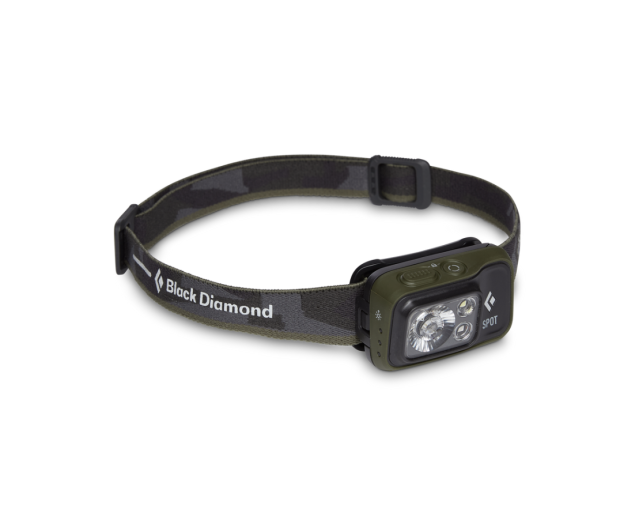
Courtesy Image
Rechargeable headlamps are a great, sustainable option 95 percent of the time, but three weeks away from a power outlet isn’t one of them. Save your portable power bank juice and bring an old-school, AA battery-powered headlamp and a stash of backup batteries.
Comments
Post a Comment